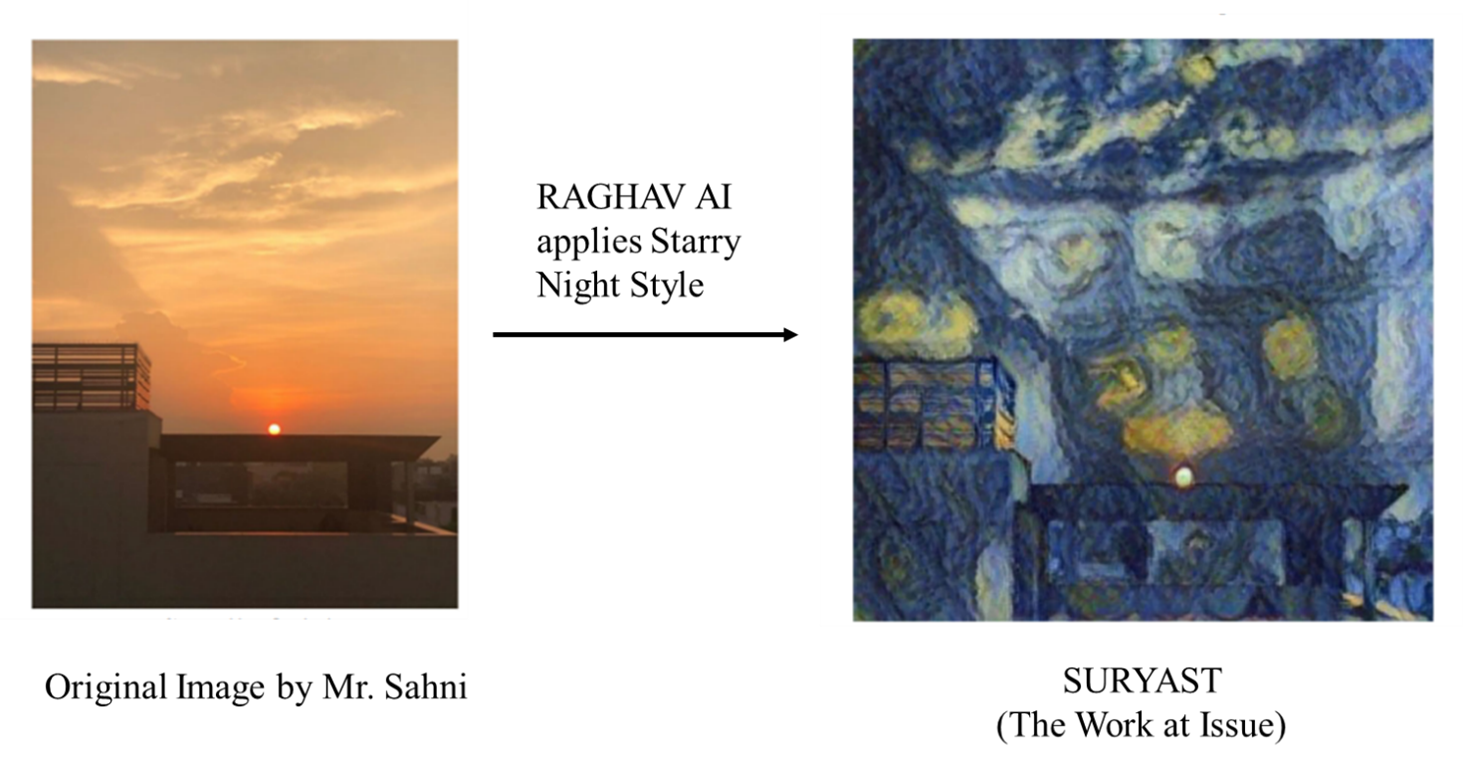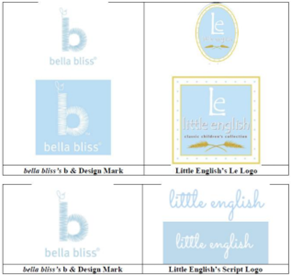The US Court of Appeals for the Second Circuit affirmed the dismissal of a copyright infringement claim by one rap artist against another on the grounds that the plaintiff failed to register the work in question. The Court emphasized the distinction between a musical work and a sound recording of that work, noting that they are separately copyrightable and require separate registrations. Nwosuocha v. Glover, Case No. 23-703 (2d Cir. May 10, 2024) (Jacobs, Park, Nathan, CJ.) (per curium) (nonprecedential)
In fall 2016, the rapper Emelike Nwosuocha, who goes by Kidd Wes, wrote and published a song called “Made in America.” In May 2017, Kidd Wes registered an album that included “Made in America” with the US Copyright Office and was issued a sound recording registration. In 2018, the rapper Donald Glover, known as Childish Gambino, released the song “This is America.” The song won in all four of its nominated categories at the 61st Grammy Awards in 2019: Song of the Year, Record of the Year, Best Rap/Sung Performance and Best Music Video. Kidd Wes then filed a complaint in the US District Court for the Southern District of New York against Glover and his music labels, alleging infringement of his copyright.
A valid copyright registration is a prerequisite to suit under 17 U.S.C. § 411(a). Here, Kidd Wes only registered his copyright for the sound recording of “Made in America,” not for the musical work itself. Since his infringement allegations concerned the work and not the recording of the work, the district court granted Childish Gambino’s motion to dismiss the claim for failure to register the copyright at issue. The court also dismissed the claim for the independent reason that Childish Gambino’s song did not infringe.
Kidd Wes appealed, arguing that § 411(b) permits suit “regardless of whether the certificate [of registration] contains any inaccurate information,” unless the inaccuracy was knowing or material, and that the distinction between a sound recording and a musical work is an administrative classification imposed by the Register of Copyrights and therefore has “no significance with respect to the subject matter of copyright or the exclusive rights provided by [Title 17 of the United States Code].”
The Second Circuit rejected both lines of argument. First, the Court noted that failing to register the musical work “Made in America” is not the same as accidentally including inaccurate information on the registration form. The Court explained that “the difference between forgiving technical mistakes in a copyright application and allowing applications to create registrations in material never mentioned” is an important distinction, and they should not be conflated.
Second, the Second Circuit noted that the distinction between a musical work and a sound recording of that work is not just an administrative classification, but a distinction created by statute. (17 U.S.C. §§ 102(a)(2) and (a)(7).) The distinction is important, the Court explained, because “sound recordings and musical works are different artistic works that can be copyrighted by different creators and are infringed in different ways.”
Having [...]
Continue Reading
read more

 Subscribe
Subscribe




